I asked for A+ boobs and woke up with D cups – what I learned about the breast reconstruction industry in the wake of my double mastectomy shocked me
Choosing a double mastectomy was an ‘easy decision’, says Sarah Thornton.
After years of biopsies and amid the constant threat of breast cancer, she went into the operating room and, without much thought, opted for the reconstruction covered by her health insurance.
To her immense relief, the malignant cells turned out not to be cancer.
But when she looked at herself in the mirror after the reconstruction, her new breasts felt like strangers. And none of her favorite coats fit.
It wasn’t until about three months later – after the bandage had come off and the swelling had subsided – that she was fitted for a new bra and was shocked to discover that she had grown from a modest B cup to a considerably more generous D cup. .
“I was very clear,” she recalls. ‘I literally asked for lesbian yoga breasts. Those were the words I used.
‘Then I followed up with an email saying, “I don’t want to be big, but somewhere between an A and a B.” And because I love a joke, I couldn’t help it. I said, ‘Think of it as an A plus boob.'”
Sarah Thornton was measured for a new bra and was shocked to discover that she had grown from a modest B cup to a significantly more generous D
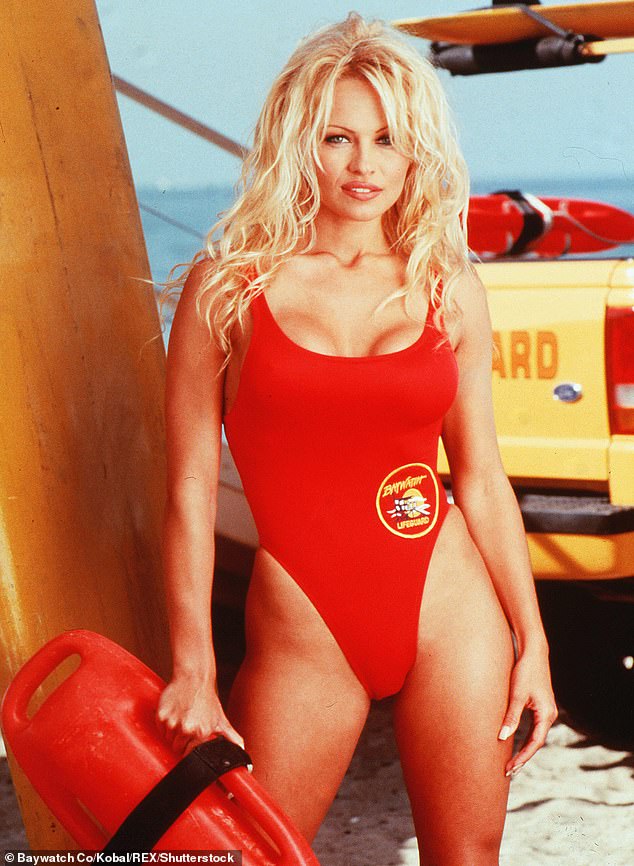
In her book, Tits Up, Thornton meets a male doctor and writes, “I suspect…he set his surgical standards in the 1980s, when Pamela Anderson’s bust was iconic.”
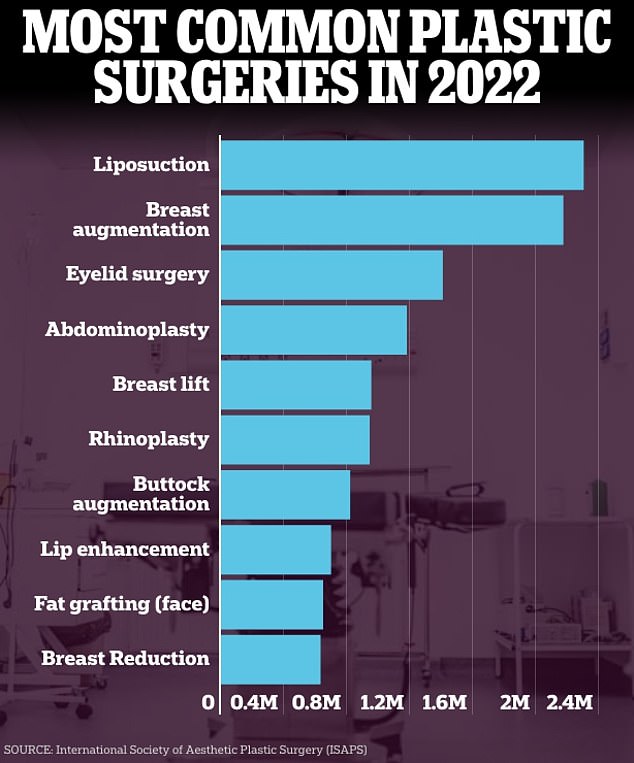
Liposuction will overtake breast augmentation as the world’s most popular form of cosmetic surgery in 2022
What had prompted the surgeon to “go big” against her express wishes? When she started asking questions and interviewing hundreds of women and medical professionals, she discovered she was far from alone.
In fact, she discovered a male-dominated plastic surgery industry that – in essence – gifts Playboy fantasy breasts to unsuspecting women based on their perception of what is sexy and attractive.
Less than 18 percent of active plastic surgeons in the US are women, while more than 90 percent of the client base is female. And until 2022, breast augmentation was by far the most common procedure worldwide.
In her book, Tits Up, Thornton meets a male doctor – ‘I call him Dr. Moore, because he was literally “more and more” – who insisted on using 385cc implants (more than twice the average size of some fellow surgeons) because his ideal cleavage had an opening no bigger than a pinky finger .
“I suspect…he set his surgical standards in the 1980s, when the bust of Pamela Anderson was iconic.”
Others deliberately design breasts with nipples so far above their normal location that they have no choice but to pop out of the bra.
Dr. Kelly Bolden says in the book, “When I go to plastic surgery conferences, most of the experts on breasts are still men.
“When they talk about an aesthetically pleasing breast and show their before and after effects, the female surgeons in the audience will cringe because it’s clear that these men find what we call ‘pseudoptosis’ attractive.”
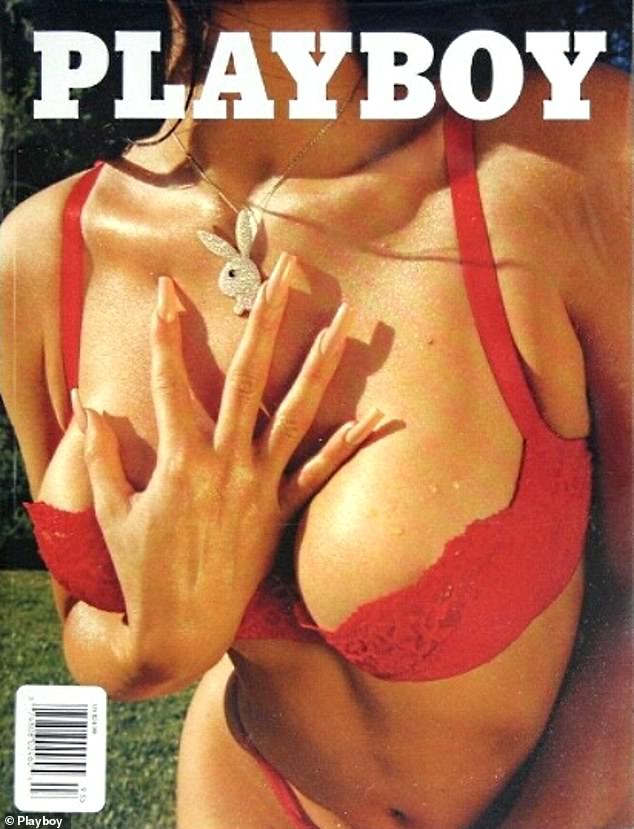
A male-dominated plastic surgery industry is essentially giving Playboy fantasy breasts to unsuspecting women
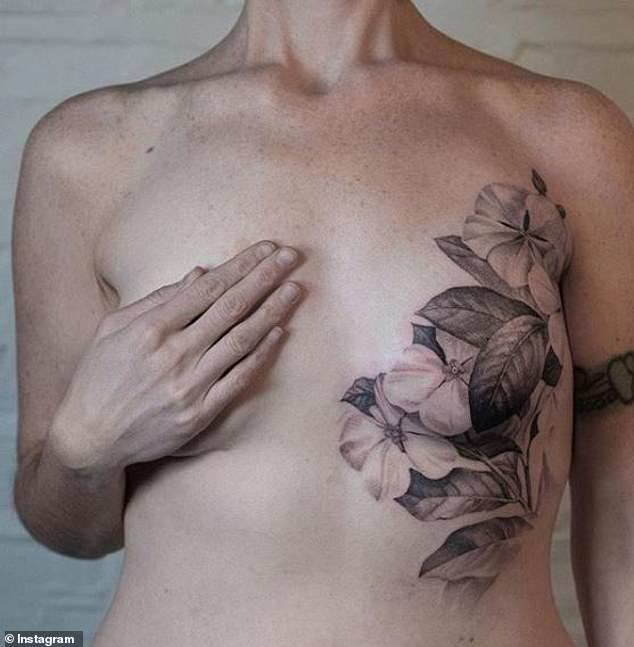
The choice to ‘go flat’ and not opt for reconstruction was seen by some male doctors as a sign of poor mental health
This term describes a condition in which the nipple is located in the upper half of the breast and sometimes even points upwards.
Thornton even encountered a surgeon who refused a patient’s pleas to remove the implants he had given her because he didn’t like the way the breasts nursed.
“My results are my calling card,” he says, “and I don’t want my name on them.”
Thornton, on the other hand, believes her own doctor was simply doing his best, despite a flawed industry standard.
‘There is a whole profession that writes articles… that literally agree on measurements, such as the distance between the breastbone, the nipple and the areola, and what the correct areola size is.
‘It’s about a professional standard of beauty, and a professional standard of what the norm is. This is bigger than individual, personal preferences; it’s about male dominance of an industry.’
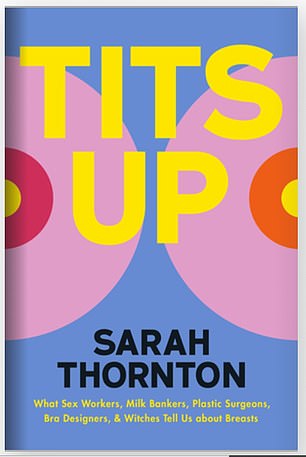
Adding her own reconstruction: ‘Objectively speaking, this was an excellent result.
‘Unfortunately, [my doctor] was overrun by an entire profession that created these protocols, measurements, and standards that contradict many women’s desires for their own athletic selves or their own small chests.”
Her findings are echoed by Dr. Elisabeth Potter, who describes how, duringDuring her training at UT Southwestern, the choice to “flat out” after a mastectomy and not undergo reconstruction was considered a sign of poor mental health by her predominantly male colleagues.
She says in the book: ‘The male power… were focused on what they personally found sexy and attractive. Natural breasts were criticized. Artificially inflated specimens were glorified. They praised the surgeon who asked the man to measure the implants while the woman slept.’
“Personally,” Thornton adds wryly, “I would never let one of my husband’s golfing buddies do my plastic surgery.”
However, dDespite the fact that she not only hated her new breasts — they also gave her “exercise intolerance,” meaning she couldn’t swim or do yoga without experiencing pain and stiffness — Thornton never considered getting a breast implant. to file a lawsuit.
“I’m not a litigious type,” she says. “My mother is British, you know, keep calm and carry on. And also, when I was a kid, she never gave me any medicine, I had to be on my deathbed to get an aspirin. That’s how I was raised. So it would have been an abomination to me.”
Writing the book was, she says, her healing process. ‘And I feel grateful, in a very strange way, because I lost something that I hadn’t even considered that important. I think I belonged to a group of women who were like, “Tits, you know, the men like them and whatever.” They get in the way.
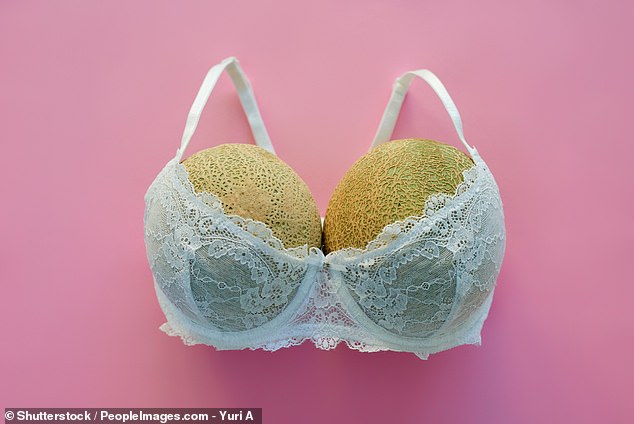
One doctor insisted on using 385cc implants (more than twice the average of some fellow surgeons) because his ideal cleavage had an opening no bigger than a pinky finger
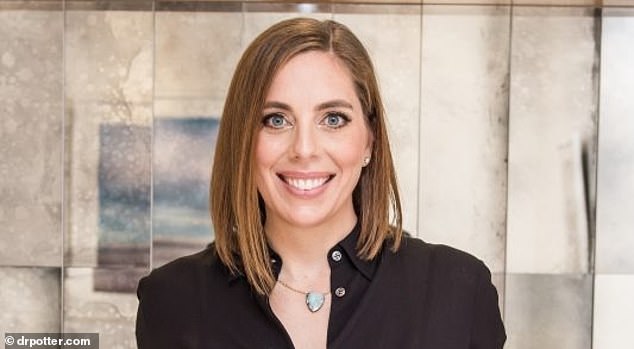
Dr. Elisabeth Potter says UT Southwestern’s male faculty were ‘focused on what they personally found sexy and attractive’
“Most women have conflicting feelings around their breasts,” she adds. ‘That happens with something that is over-sexualized in a culture.
“There’s a big difference between the way men look at them, and the way women look at them, and the way men look at them dominates.”
But eventually, after writing the book, she got the breasts she wanted.
Her right breast (“which I jokingly called Bert”) had rotated 180 degrees and was now pointing inward.
“Think of it this way,” she explains. ‘You have an egg, sunny side up. And it was turned around. It was like my right breast was too easy.”
The left breast, meanwhile, showed capsular contracture, where scar tissue begins to strangle the implant and is extremely painful. When she finally went under the knife, she discovered after just five years that the implant had ruptured.
This time she opted for a female surgeon – at the same hospital – and reiterated her desire for smaller breasts. ‘I said, “Please, I like swimming. I like yoga, I want to get smaller.”
‘[The surgeon] did a great job. “I’m actually very happy with it,” she says.
She even renamed them. They are no longer named after the male Muppets Bert and Ernie. “It’s now Glenda and Brenda, my mother and her high school friend from Harlow.”
Tits up: What Sex Workers, Milk Bankers, Plastic Surgeons, Bra Designers and Witches Tell Us About Breasts by Sarah Thornton is published by WW Norton & Company.
